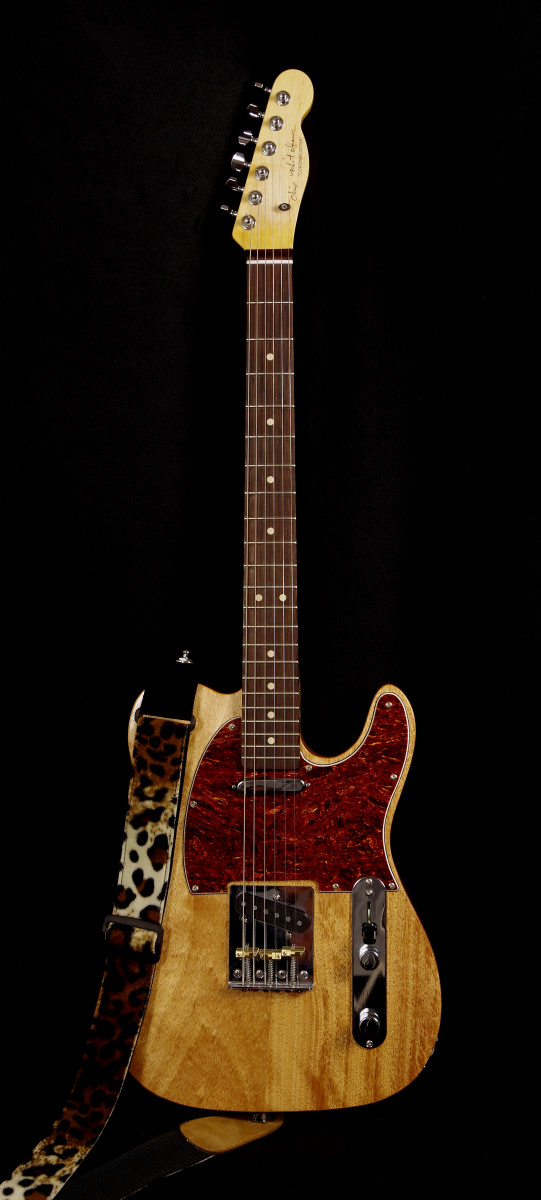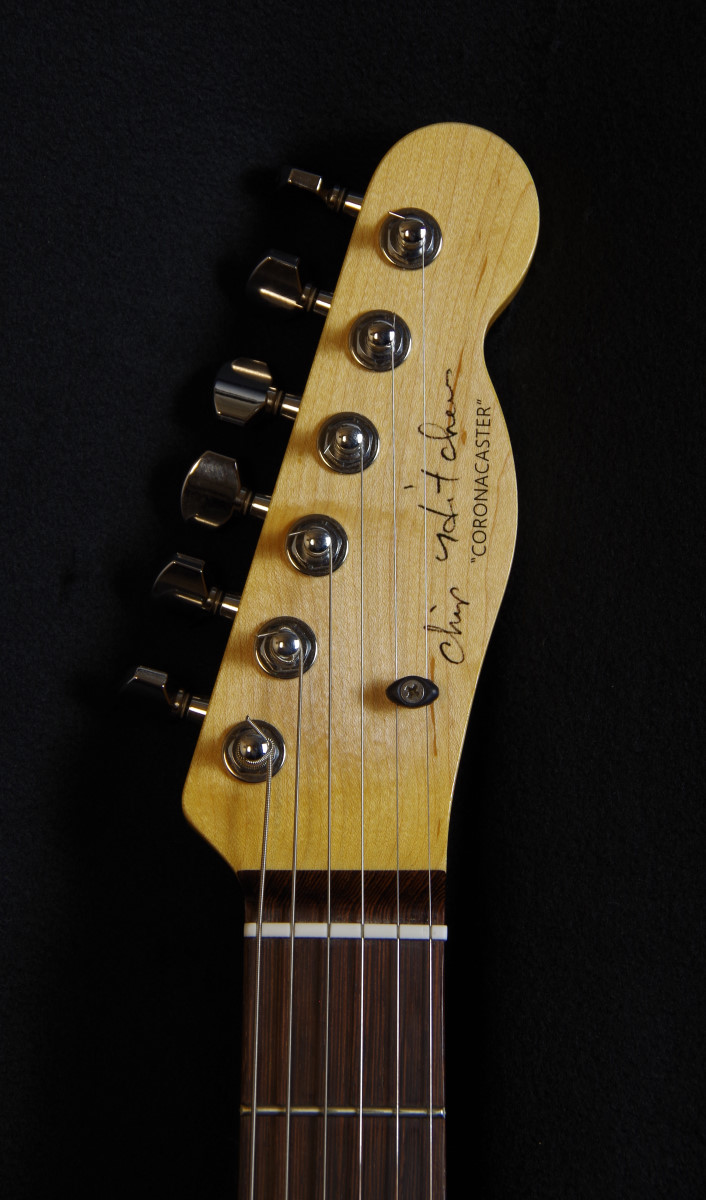

A Take on a Classic
March 2021
My first guitar was a Telecaster. In many ways, the world’s first electric guitar was also a Telecaster, since it was the first real commercially viable attempt at such an instrument. They’re great.
I don’t think they’re great simply because they’re old. I agree with John Hodgman’s assessment: “…normally I consider nostalgia to be a toxic impulse. It is the twinned, yearning delusion that (a) the past was better (it wasn’t) and (b) it can be recaptured (it can’t) that leads at best to bad art, movie versions of old TV shows, and sad dads watching Fox news.” But in this case, I think Fender got it right.
It’s a bit of a chicken and egg problem for me. I don’t know if they just abstractly sound great and that’s why they’ve been used in a ridiculous number of recordings in basically every genre of music since the 50s, or if it’s just that I’ve heard them my whole life on those recordings and that’s what I subconsciously think an electric guitar is supposed to sound like. Either way, they may not be the flashiest, they may not be the most comfortable or easiest to play, but for me, they always deliver on sound.
It occurred to me only after making the decal for this guitar that Fender has a facility in Corona, CA. “Coronacaster” is not a reference to either that or the beer that requires a lime wedge. It is yet another instrument that I put together during the pandemic. I will likely regret this naming convention some day, as I am already to the point where I no longer want to keep mentioning it, but I suppose that most things are intractably of a time.
Construction
I sold my original Telecaster at a low point in my guitar playing [or non-playing]. I thought that I could cover those sounds with other guitars, but kept wondering what it would be like if I were to do my own take on guitar in that style. I was also wanting to ease back into guitar making, so I bought a kit. Confidence is odd in that if you have to ask yourself if you have it, you already don’t. But in going through the kit, I soon realized that I hated almost all of the components and started haphazardly swapping them out, which took more time and money than if I’d just built it (or bought the parts that I wanted) in the first place. At this point, I’d classify this as more of a parts guitar than a kit, but it’s mostly to my tastes.
The body is “unspecified mahogany.” It’s probably actually sapele or something. This is not a traditional body wood (like ash or alder), and I’m not sure it really matters, but there are a bunch of people out there who swear by pine-bodied Teles. Although this is technically a hardwood and pine is not, it’s definitely on the softer end of the spectrum. The neck is from Warmoth, and is maple with a wenge fingerboard. Wenge is also not traditional, but it feels great and, like rosewood or ebony, doesn’t require a finish. The pickups are MojoTone ’52 Quiet Coils. I want to love real single coils, but they’re just too noisy in my recording environment, and I find these to have plenty of classic chime. The tuners are Gotoh. The bridge is something cheap, but I replaced the saddles with compensated brass. The kit came with sketchy electronics, including little potentiometers the size of an aspirin. I doubt the electrons care as long as the values are correct, but I do worry about things physically holding up, so I did my own wiring with CTS pots, an Orange Drop capacitor, and a CRL switch for peace of mind. The finish is Tru-Oil.
Sound
I love this guitar. It’s the one that I pick up first, the one that’s probably in tune, and my default when I want to test a pedal or something. It sounds about like you’d expect. Probably better in a mix or with a ton of effects, but the following clip uses only “amp effects” with different levels of drive, reverb, and a little tremolo from a Fender Deluxe.






